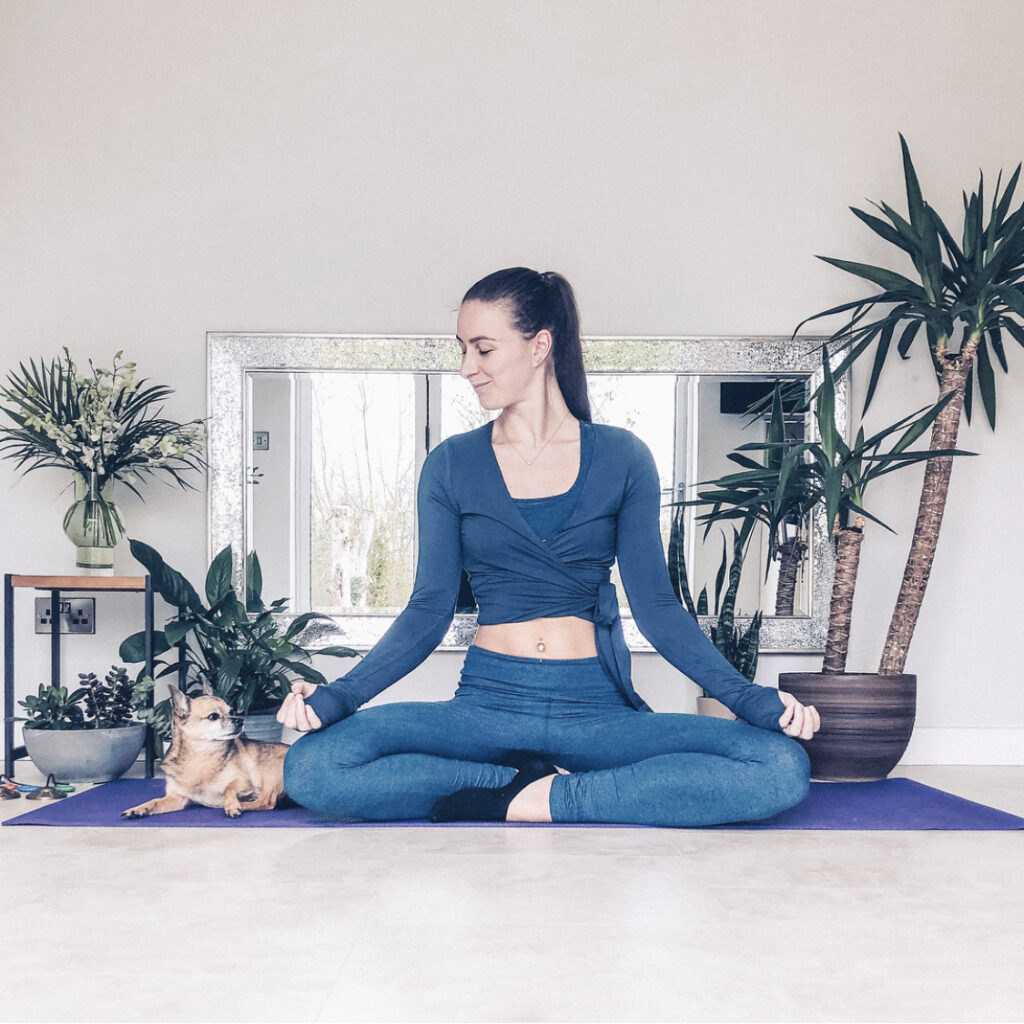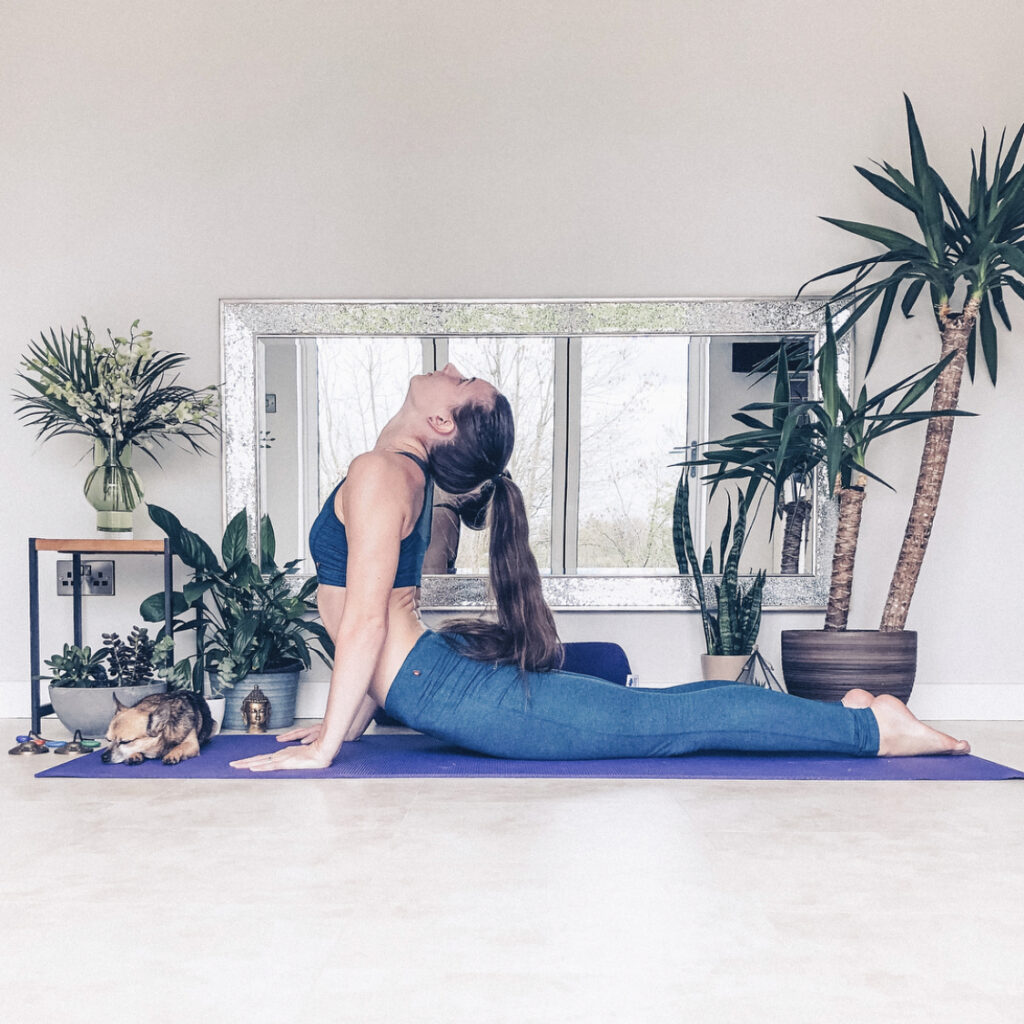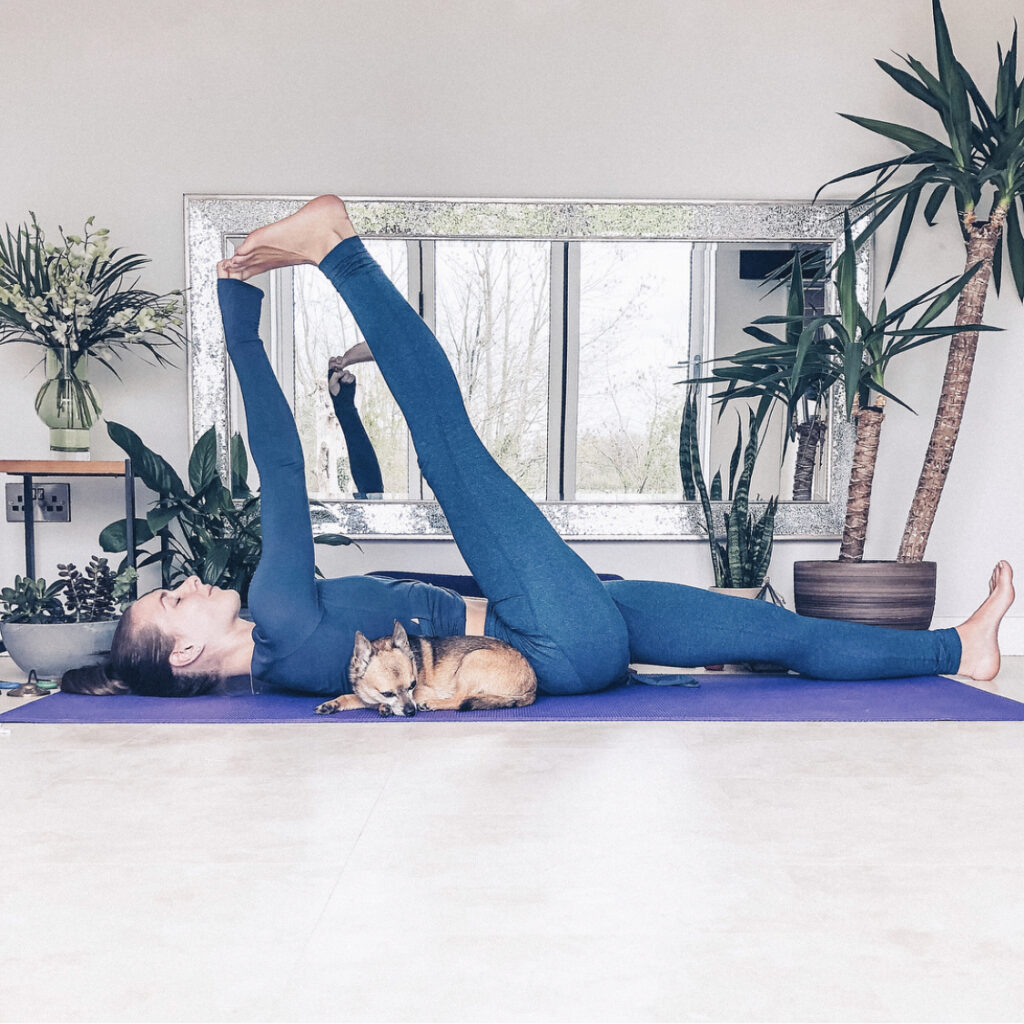If I’m honest, I probably don’t get asked this question enough. It seems most people have a pretty well preconceived idea of what yoga is and if they’re not into trying it, 9 times out of 10 you can be sure it’s because they’re afraid they’re “not flexible enough”.

So here I am, in the hope of broadening your perspectives. Here’s the truth of it: not only do you not need to be able to touch your toes to do yoga; touching your toes is not actually the point. As Jigar Gor once said, “it is what you learn on the way down.”
The fact is, people across the world attend yoga classes with the sole hope of improving their strength and flexibility and these are entirely valid motivational factors. On the face of things, yoga is a physical practice of set movements or poses that help to improve flexibility, strength and posture. So, the chances are you will touch those toes as a by-product of your practice. Ultimately however, this physical aspect forms only one part of the practice of yoga. It is important to understand that the postures themselves are not the goal. In fact, these movements or postures serve as tools, which when used in combination with other aspects of yoga such as breathwork and meditation (more on that later!), allow us to create a peaceful, happy and loving space within ourselves. If we so wish, with dedicated practice, we are able to cultivate compassionate awareness both of ourselves and the wider world around us, thus deepening our spiritual development. Yoga therefore is the practice of connecting to oneself and the wider universe through a unique combination of physical, spiritual and mental discipline.

Yoga is derived from the Sanskrit root ‘yuj’ meaning ‘to unite or join’. The most direct English translation being ‘to yoke’ (not to be confused with yolk). Now classically this is considered to mean the union of the human spirit with the divine or individual consciousness with universal consciousness. Please remember however, that yoga is not a religious practice and if the above definition currently seems a little too theological for you, then consider this: A ‘yuj’ or ‘yoke’ is also a means of harnessing cattle and horses so that they are better able to control and employ for useful purposes. The wild horse offers the perfect metaphor for our busy minds, useless unless controlled. This idea is clearly and famously referenced in early yogic texts, one of which goes on to explain: “When the five senses are stilled and so is the mind, and even intellect does not stir, they call it the highest state. This state, the steady control of the senses, is considered to be yoga…” (Katha Upanishad)
At the heart of it, yoga is therefore a path to peace.
Yoga is something we do, it is showing up, being present in that moment on the mat and letting go of expectation. It doesn’t matter what is happening on the mat next to you, you are not defined by the outwardly visible aspects of others’ practice or the distance your fingertips are from your feet. There should be no judgement, no comparison, no ego. You’re not “too old”, “too inflexible”, “too overweight” or any other unhelpful label your mind has chosen to try and limit you with.

I promise you, all you need do is show up and commit to your own practice. There is a reason yogic practices have transcended the millennia. There is a reason millions of people across the world return to the mat again and again, long after they have learnt to touch their toes.
I invite you to explore for yourself what those reasons might be.
Learn more about the different ways I can support you with your yoga: Studio Yoga classes, Online Yoga Classes & Corporate Yoga Classes.